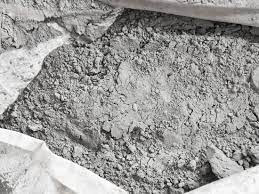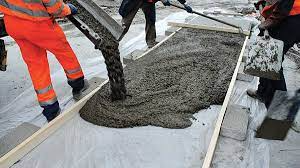Concrete and Cement
We often think concrete and cement are the same. I mean the color usually is right? Here you'll learn some key components of each material and the major and minor differences.
Cement and concrete are often used interchangeably, but they are actually two different materials. Cement is a component of concrete, a key ingredient that binds all the other ingredients together. Concrete is the final product that is used for building and construction.
Cement is a dry powder made up of limestone, clay, and gypsum. It goes through a heating process called calcination that converts the raw materials into a fine powder called clinker. The clinker is then ground up into the fine powder we know as cement. Cement is mixed with water, sand, and aggregate materials to produce concrete.

Concrete is a mixture of cement, water, sand, and gravel. It is a slurry or wet mixture that hardens over time into a solid, rock-like mass. The water reacts with the cement in the mixture to bind the ingredients together as the concrete dries and hardens. Concrete is a very durable and strong material and is used to construct buildings, bridges, dams, and roads.

The key differences to remember are:
• Cement is a fine powder made of limestone, clay, and gypsum. Concrete is the final product made from mixing cement with water, sand, and aggregate materials.
• Cement is the dry powder, and concrete is the wet, slurry mixture.
• Cement hardens when mixed with water, concrete hardens as it dries.
• Cement is an ingredient in concrete, concrete is the final building material.
• Cement powder needs to be mixed before use, concrete only needs to be poured or molded when wet.
While cement and concrete are closely related, they are distinct materials with different properties and uses in construction. Understanding the difference between cement and concrete is important for anyone working with these materials.